The Environmental Impact of Oil Rigs: How to Mitigate Using Simulation Technology
Oil rigs play an important role in meeting the world’s energy demands; however, the environmental impact of oil rigs is a growing source of concern. This article aims to explore the various ways in which oil rigs can affect the environment, the efforts made to mitigate their ecological footprint, and how simulation technology is used to mitigate the environmental impact.
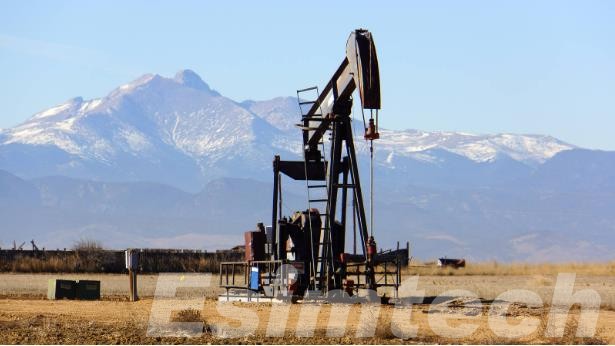
How Do Oil Rigs Affect the Environment
1. Oil Spills
Oil spills are perhaps the most well-known environmental threat associated with oil rigs. Spills that occur by accident during drilling, transportation, or maintenance operations can have disastrous consequences for marine and coastal ecosystems. Oil spills endanger marine life, disrupt food chains, damage coral reefs, and have long-term consequences in the affected areas.
Efforts to mitigate the impact of oil spills include advanced spill response technologies, containment strategies, and improved safety measures to prevent accidents. Additionally, the industry has seen increased scrutiny and regulatory measures to enforce strict safety standards.
2. Disruption of Marine Ecosystems
Oil rig construction can have a negative impact on marine ecosystems. Platform construction and drilling activities can result in habitat destruction, affecting marine species’ reproductive and feeding habits. Noise from rig operations can also disrupt marine life communication, potentially leading to behavioral changes in whales, dolphins, and other marine animals.
To address these concerns, environmental impact assessments are performed prior to rig installation, and a growing emphasis is placed on the use of advanced technologies that minimize disturbance to marine ecosystems.
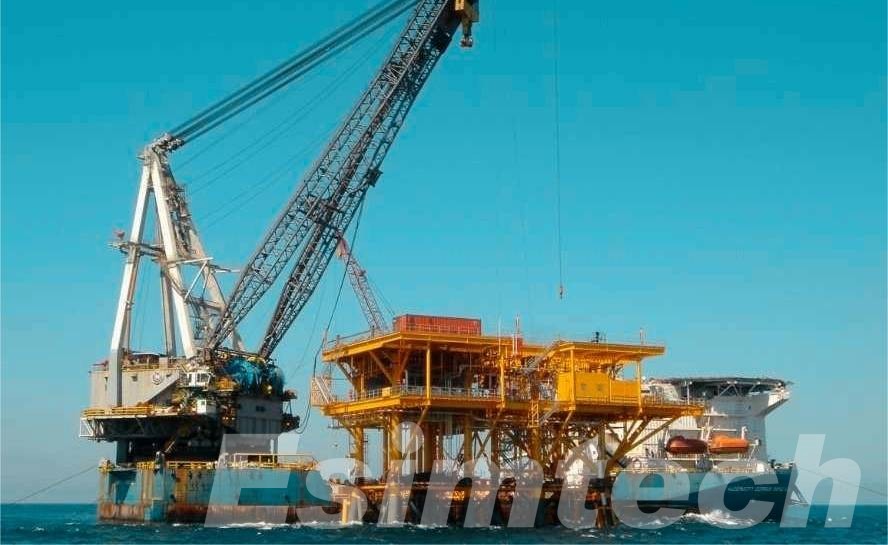
3. Air and Water Pollution
Pollutants are released into the air and water as a result of oil rig operations. The use of fossil fuels on rigs contributes to air pollution by releasing greenhouse gases and other pollutants into the atmosphere. Additionally, drilling muds, chemicals, and produced water, which are byproducts of drilling, can contaminate surrounding waters, posing risks to marine life and ecosystems.
To combat air pollution, the industry is looking into cleaner energy options, such as electrifying rig operations and increasing the use of renewable energy sources. To reduce water pollution, rig operators are also investing in technologies for the treatment and safe disposal of drilling byproducts.
4. Climate Change Impact
The extraction and combustion of fossil fuels contribute to climate change by emitting greenhouse gases such as carbon dioxide and methane. Oil rigs are major contributors to these emissions, and their effects extend beyond local environments to global climate patterns.
Efforts to mitigate the climate impact of oil rigs include a shift toward renewable energy, increased energy efficiency, and the development of carbon capture and storage technologies.
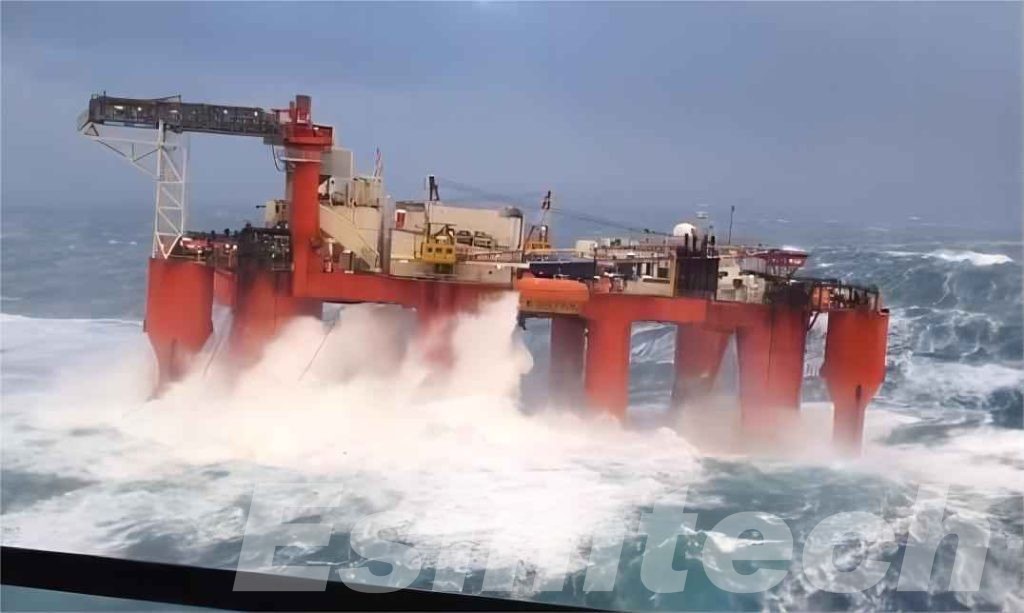
How Simulation Technology Used to Mitigate the Environmental Impact of Oil Rigs
Innovative technologies are being used more often by the oil and gas sector to evaluate and lessen the environmental impact of oil rigs. Simulation is one such technology that is progressing significantly in this area. With the use of simulation technology, the industry may model and analyze a variety of situations virtually, which helps to design strategies to avoid potential environmental impacts and provides insightful information about possible outcomes.
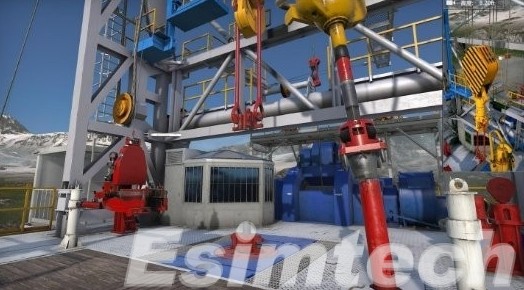
1. Oil Spill Response Simulation
Realistic scenarios may be created to mimic oil spill incidents thanks to simulation technologies. Researchers and business experts can assess how well alternative response tactics work by simulating the behavior of oil spills in various environmental settings. This involves evaluating the impact on marine ecosystems, the use of dispersants, and the placement of containment booms. These simulations help refine response plans and improve the efficiency of spill mitigation efforts.
2. Environmental Risk Assessments
Simulation tools enable the oil and gas industry to conduct comprehensive environmental risk assessments before the installation and operation of oil rigs. These assessments consider factors such as potential habitat disruption, water and air pollution, and the overall ecological impact. By virtually modeling the project’s lifecycle, decision-makers can identify potential environmental risks and implement measures to minimize negative effects on ecosystems.
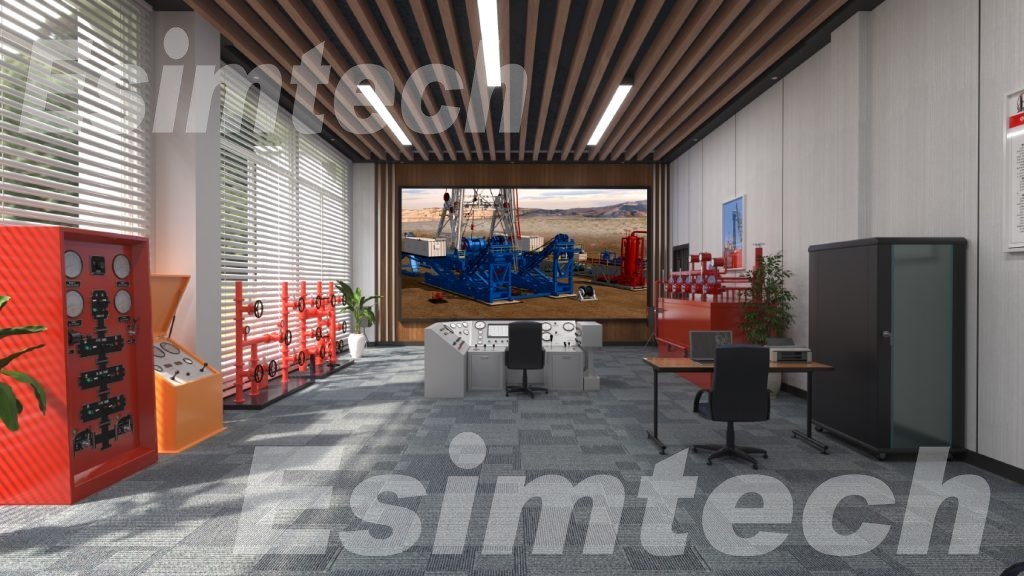
3. Drilling Operations Optimization
Simulations are utilized to optimize drilling operations and reduce their environmental footprint. Virtual models of drilling processes allow engineers to test different scenarios, drilling techniques, and equipment configurations to identify the most efficient and environmentally friendly approaches. This includes minimizing the use of harmful chemicals, optimizing drilling mud composition, and evaluating the impact of drilling noise on marine life.
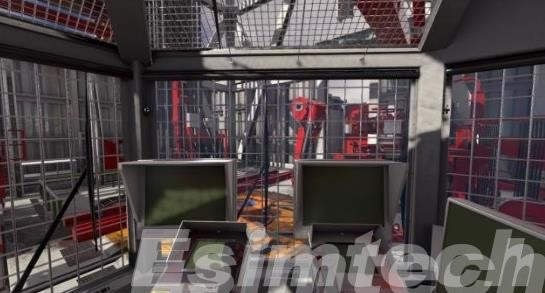
4. Climate Impact Assessments
Simulation technology plays a crucial role in assessing the climate impact of oil rigs. By modeling greenhouse gas emissions throughout the extraction and production process, the industry can identify opportunities for emission reduction. This may involve optimizing energy consumption, implementing renewable energy sources, and exploring carbon capture and storage technologies. Simulations assist in predicting the long-term climate impact of oil rig operations and guide the industry towards more sustainable practices.
5. Training and Preparedness
Drilling rig simulation training system is also employed for training personnel in oil rig operations and emergency response. Realistic virtual environments allow operators, emergency responders, and environmental teams to practice their roles in various scenarios, including oil spills and equipment malfunctions. This enhances the industry’s preparedness to handle environmental incidents effectively and minimizes the learning curve during actual emergencies.
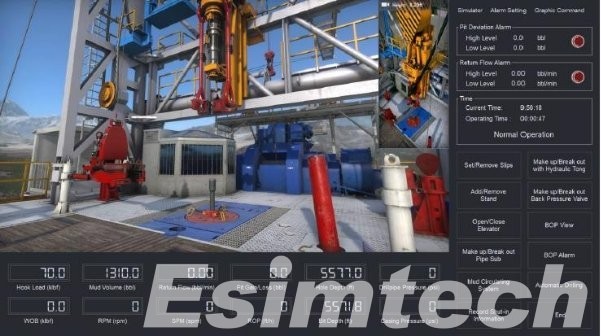
Conclusion
Even while oil rigs are still necessary to supply the world’s energy needs, their environmental impact must be recognized and addressed. Positive indicators include the industry’s rising commitment to sustainability, stronger regulatory control, and ongoing technological developments. It is a constant struggle to strike a balance between energy consumption and environmental preservation, but with persistent innovation and international collaboration, the environmental damage caused by oil rigs can be reduced, opening the door to a more sustainable energy future.
The oil and gas industry’s approach to comprehending and reducing the environmental impact of oil rigs is being revolutionized by simulation technologies. Through the utilization of a virtual testing ground for diverse situations, this technology facilitates informed decision-making, emphasizing the importance of environmental sustainability. As the industry continues to evolve, the integration of simulation tools into environmental impact assessments, drilling optimization, and emergency response planning will play a pivotal role in fostering a more responsible and sustainable energy sector.
